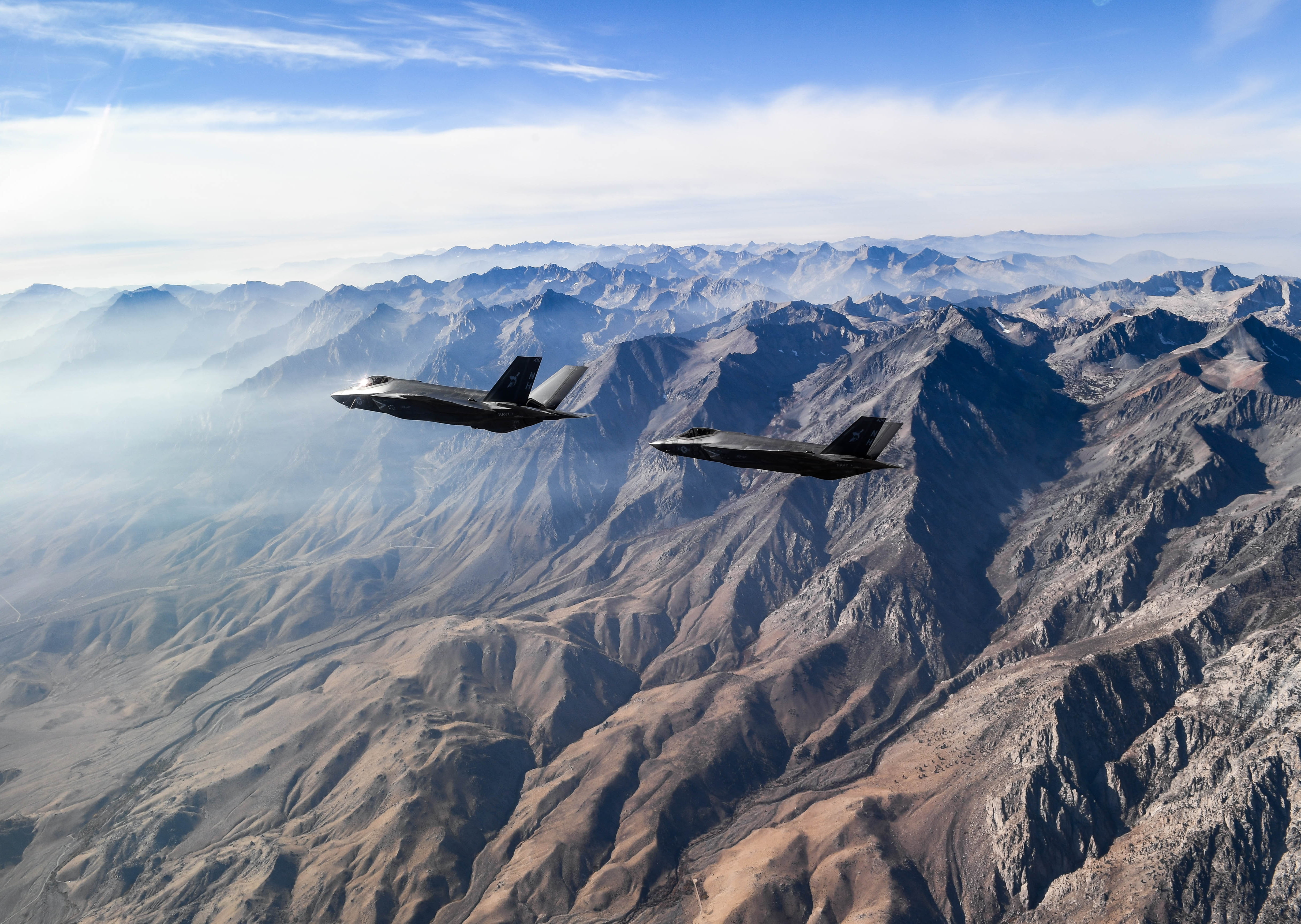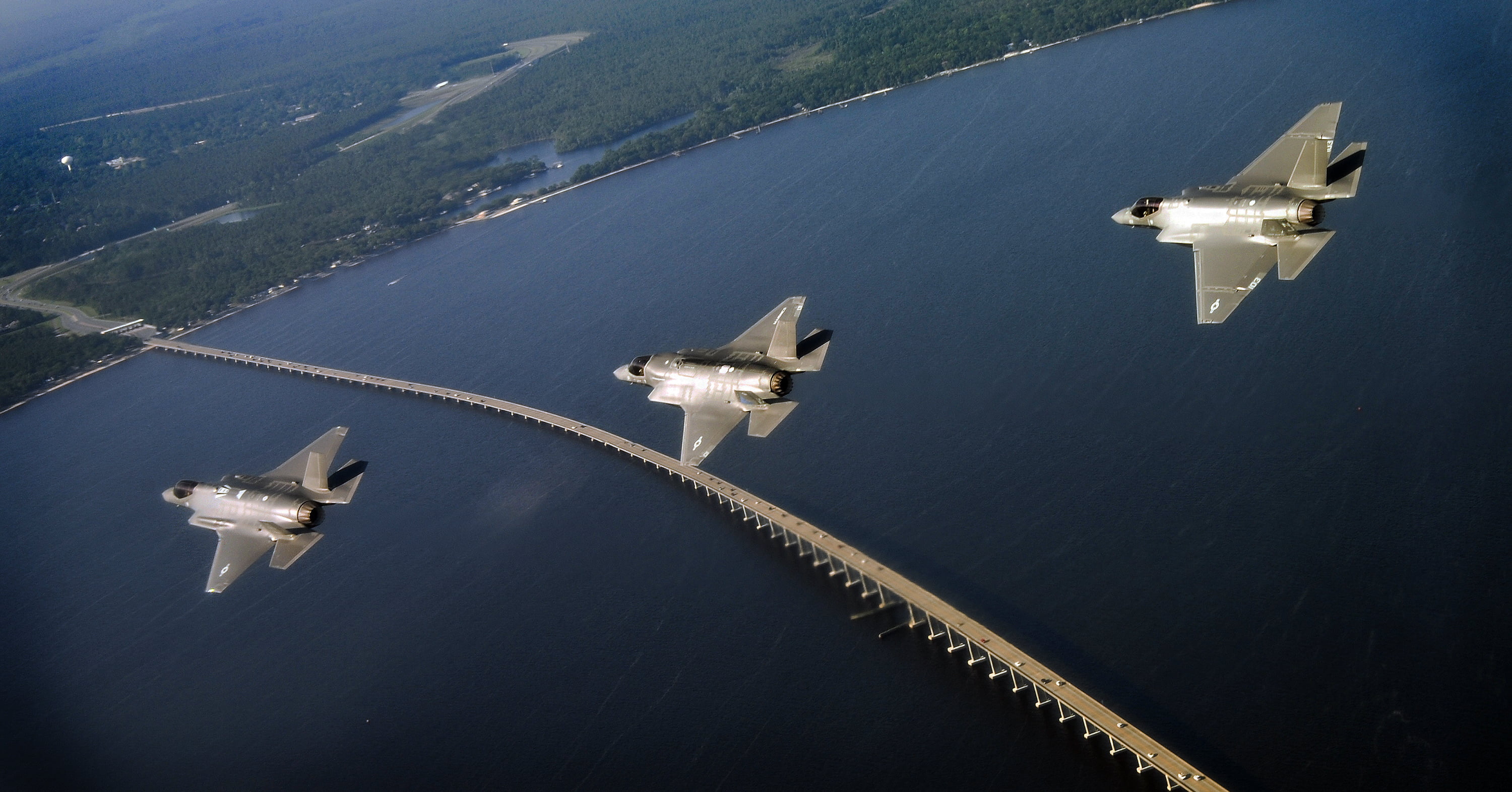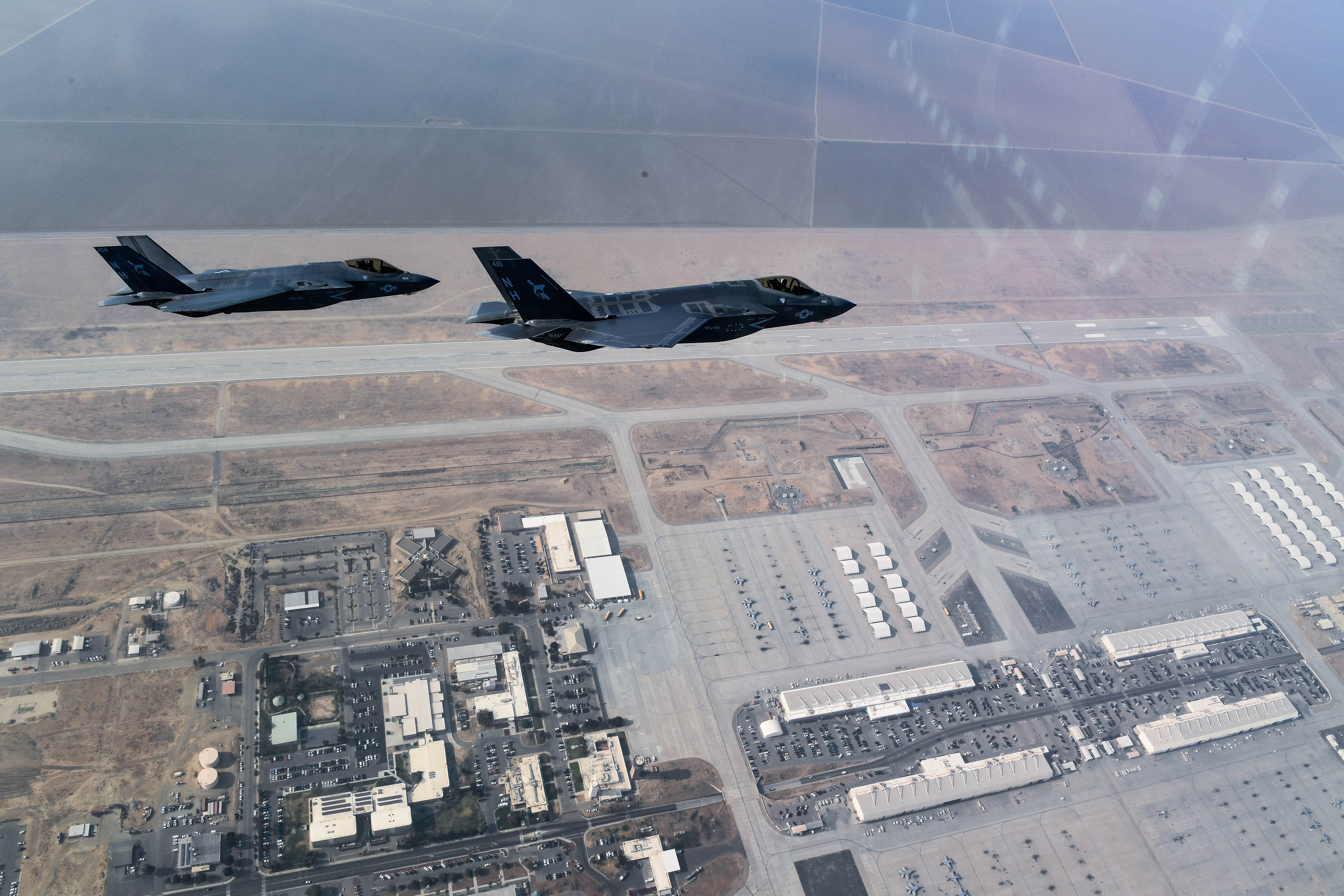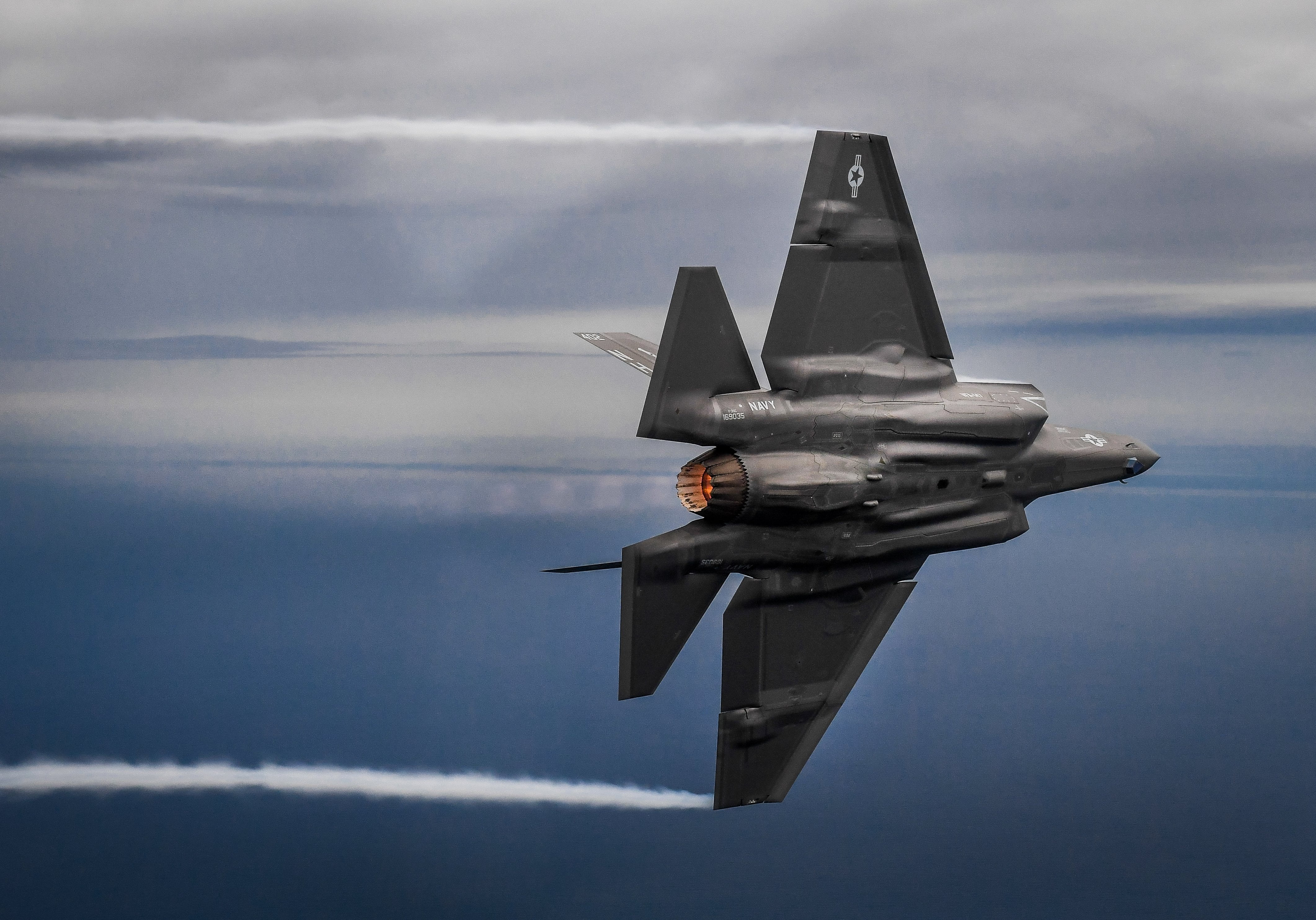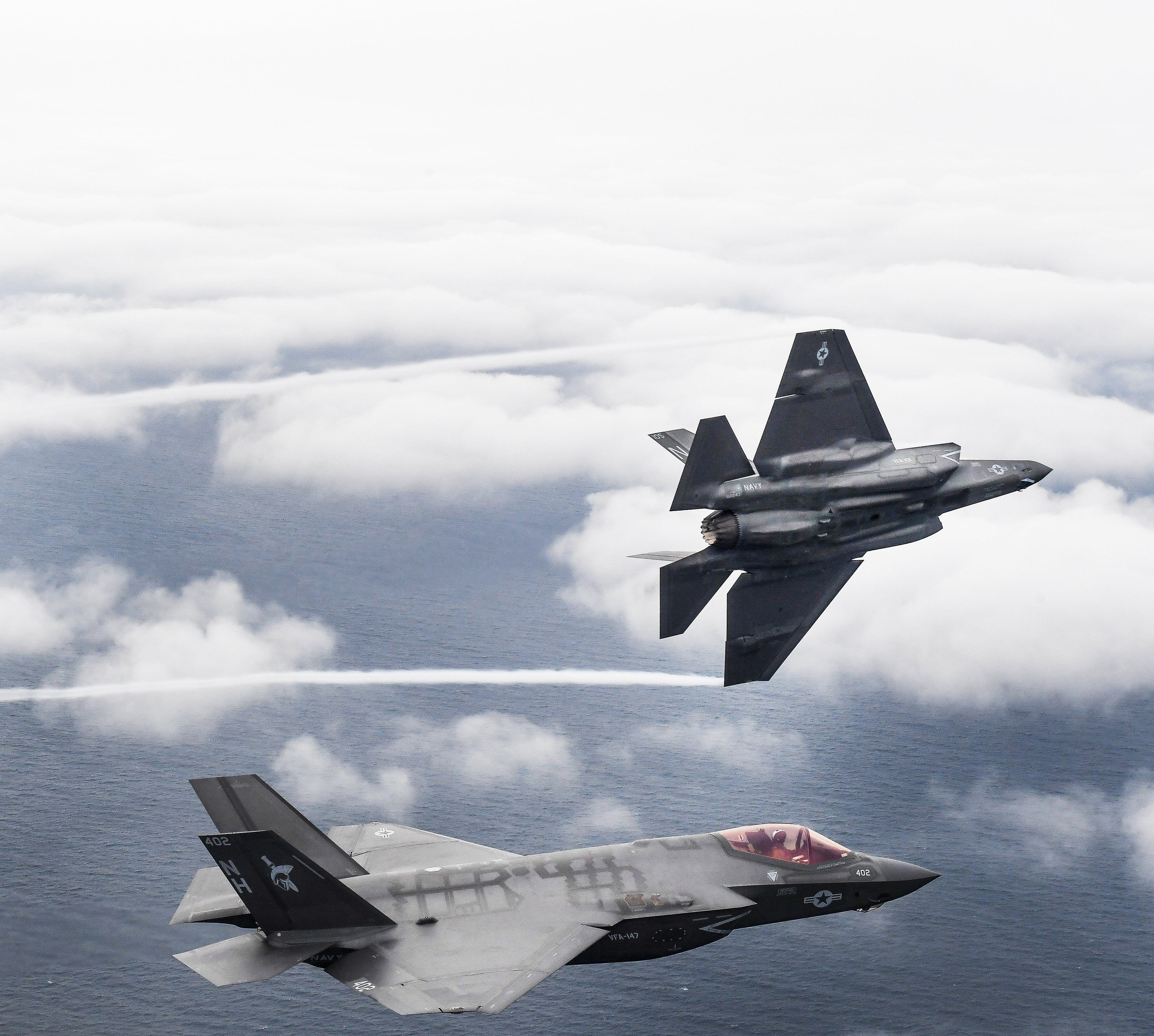In an interview with VADM Miller earlier this month in San Diego, the F-35C Wing Commander joined by phone and participated in the interview. And he provided an update on the F-35C in the Carrier Air Wing and its impact.
Captain Max McCoy highlighted what one might call the forcing function of the F-35 and of the F-35 aviators upon the training dynamic.
“We are teaching F-35C pilots to be wingmen, but training them to think like mission commanders.
“F-35C provides more situational awareness than ever before and pilots must be able to influence the battlespace both kinetically and non-kinetically.
“The pilot must interpret cockpit information and determine the best means to ensure mission success either through his own actions or by networking to a distributed force.”
They need to think like mission commanders, in which they are operating in terms of both leveraging and contributing to the networked force.
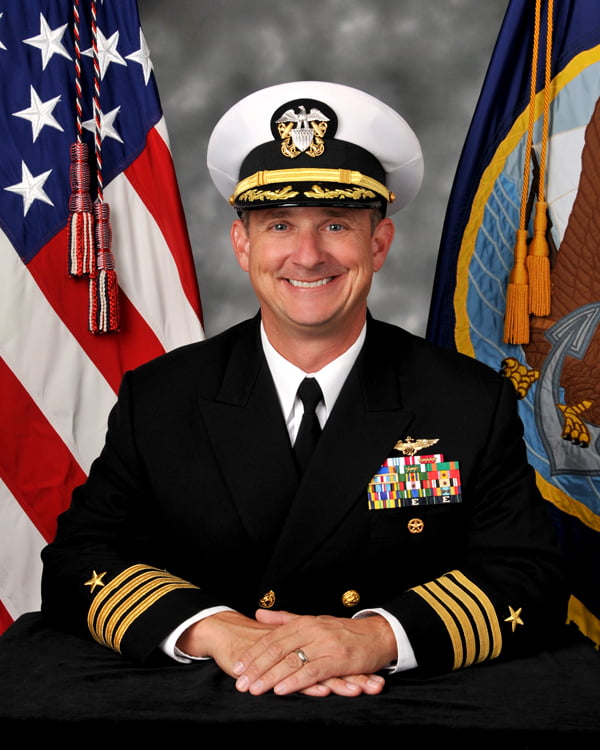
This means that the skill sets being learned are not the classic TTPs for a combat pilot but are focused on learning how to empower and leverage an integrated force.
“Training can no longer focus solely on T/M/S capabilities.
“Training has to develop young aviators who appreciate their role within a larger maneuver/combat element.
“Specifically, how does F-35C complement 4th generation capabilities within the Carrier Air Wing and surface combatants distributed within the Carrier Strike Group?
“It is no longer about fighting as a section or division of fighter aircraft.
“We only win if we fight as an interoperable, networked, and distributed force.
“We are still learning and incorporating 5th generation capability into the Navy.
“Our efforts must be calculated and measured but push beyond historical comfort zones.
“We must embrace what is new and redefine what is basic warfighting capability.
“This starts with the Fleet Replacement Squadron (FRS) and Air Combat Training Continuum (ACTC) syllabi.
“We must make integrated training a key component of a pilot’s progression from FRS graduate to mission commander. F-35C is an enabler, if and only if, we train our pilots to think well beyond the limits of their cockpit and reach of an individual aircraft’s weapons system”.
They are learning how to operate as distributed force packages.
The slideshow highlights photos from Nov. 16, 2018 of F-35C Lightning II fighter jets, attached to the “Argonauts” of Strike Fighter Squadron (VFA) 147, flying .
VFA-147 is the first U.S. Navy Operational F-35C squadron based out of Naval Air Station (NAS) Lemoore. Commander, Joint Strike Fighter Wing, headquartered at NAS Lemoore, ensures that each F-35C squadron is fully combat-ready to conduct carrier-based, all-weather, attack, fighter and support missions for Commander, Naval Air Forces.
With its stealth technology, advanced sensors, weapons capacity and range, the F-35C will be the first 5th generation aircraft operated from an aircraft carrier.
(U.S. Navy photo by Chief Mass Communication Specialist Shannon E. Renfroe/Released)


